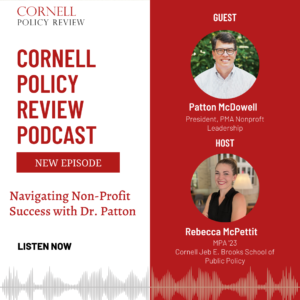How many people can say that when they get told off for not reaching their target or for poor behavior they themselves thought of the solution? Well, the answer is many more than before.
Coaching has become the new buzzword within management. Instead of conducting oft-dreaded annual performance reviews, many managers are switching to a coaching method. This new technique differs from the traditional performance-evaluation approach in three key ways: it is more informal, it provides a forum for discussion, and it is an ongoing process.
Performance management is a system that measures how well an employee is performing. This information is then used to assist the employee to perform better. The system collects information about the employee over a period of time. This could be their level of sales or minutes talking to costumers on the phone. At the end of the time period the employer and employee sit down and discusses the employees’ performance. The employer gives specific strategies and goals for the employee to improve until their next meeting and so the cycle begins again.
Coaching evaluation on the other hand begins with a question from a manager such as “How do you feel that meeting went?” followed by a discussion and, if needed, instant feedback. It may not even be recognized as a feedback session by the employee. Peter Cappelli, Professor of Management at the University of Pennsylvania’s Wharton School of Business, says that coaching management is a “fundamental change in how companies manage their employees.” As it creates a dialogue between the employee and employer to solve issues. Instead of managers presenting solutions to individuals or departments, solutions are created through dialogue. According to HRE research, 77% of HR executives in the organizations studied report that their top performance management priority is encouraging more-frequent conversations (i.e., weekly or monthly, as opposed to annually).
The options for management techniques can be considered like the range of teachers’ responses when students ask for answers to the homework. Great teachers do not simply give the answer; instead, they coach students to find the answer themselves. Coaching management as opposed to performance management is about turning a question back to the employee and giving them the chance to find the answer themselves. According to resent research by Google’s “Project Oxygen,” the single most important competency that separates highly effective managers from average ones is the managers’ ability to coach.
A survey done by the advisory firm Corporate Executive Board (CEB) found that in 2011, only 1% of Fortune 1000 firms were eliminating the annual review in favor of coaching management. By 2015, that number had jumped to 12%. Microsoft changed to a coaching management style as early as 2013; many large companies such as Adobe, GE, Deloitte, and PwC have now scrapped their annual reviews completely and are implementing coaching in their daily routines instead. Small- and medium-sized companies are following in their footsteps. There has been a management approach change within the bank sector, with Goldman Sachs and Morgan Stanley changing to coaching management. Accenture CEO Pierre Nanterme told The Washington Post that they have been preparing for this “massive revolution” in the company’s internal operations: the firm will dismiss the annual review in favor for a fluid system, where feedback will be given on a timely ongoing basis.
According to recent research on how the brain responds to performance rankings and feedback. Using a numerical ranking automatically causes competition, finding out that you still did not make the top after your best efforts can be disheartening. A negative annual review often triggers the employee to feel disengaged and lowers overall performance. By removing annual performance reviews stress decreases amongst employees, because it provides instant feedback instead of a thorough evaluation. It makes progress something that is personally meaningful to the employee and builds a connection between the employee and the objectives of the organization. GE prepared for their change to coaching management by clearly communicating the company objectives to their employees before shifting their conversations with employees to a from yearly review to a higher frequency. Thereby, creating a collaborative culture to ensure that each employee feels connected to the company objectives.
You might be wondering: does this change in management technique actually matter? Can coaching have a significant impact on efficiency? According to research from Gallup, managers who give little or no feedback fail engage 98% of their employees. Imagine a coach leaving the pitch after the game, win or loss, without giving any feedback to the team or individual players, instead saving all feedback to the end of the season as preparation for the next. That is the difference between results-based management, which uses annual performance reviews, and coaching management.
How does this look then look in the public and non-profit sector? U.S. governments and international organizations continue to lean heavily on results-based management. The United Nations (UN) uses this method, as do NGOs such as the International Committee for the Red Cross: the UN, for example, has a fixed performance cycle of 12 months ending with a performance review to recognize successful performance and address underperformance. There are of course exceptions; in 2010, the Swedish Migration Agency was the first governmental agency in Sweden to adopt a coaching management approach. Due to the change their production of decisions on asylum applications doubled in three months. Other governmental agencies in Sweden have since followed their lead.
It appears the public sector is one step behind the private sector in regards to management. Results-based management first started appearing in public organizations around the turn of the millennium. For companies, it has been the key factor in management for decades. Coaching, as noted above, is quite new to the business sector. Yet, researcher Josh Bersin estimates that 70% of multinational companies are moving towards this model. Time will tell if this evolution will reach the public and non-profit sector.





